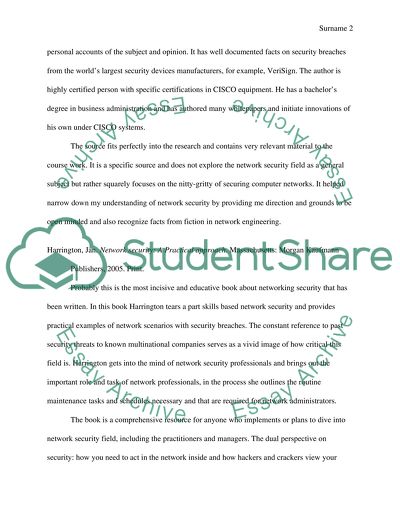Cite this document
(“Network Security Annotated Bibliography Example | Topics and Well Written Essays - 4500 words”, n.d.)
Retrieved de https://studentshare.org/information-technology/1392630-network-security
Retrieved de https://studentshare.org/information-technology/1392630-network-security
(Network Security Annotated Bibliography Example | Topics and Well Written Essays - 4500 Words)
https://studentshare.org/information-technology/1392630-network-security.
https://studentshare.org/information-technology/1392630-network-security.
“Network Security Annotated Bibliography Example | Topics and Well Written Essays - 4500 Words”, n.d. https://studentshare.org/information-technology/1392630-network-security.


